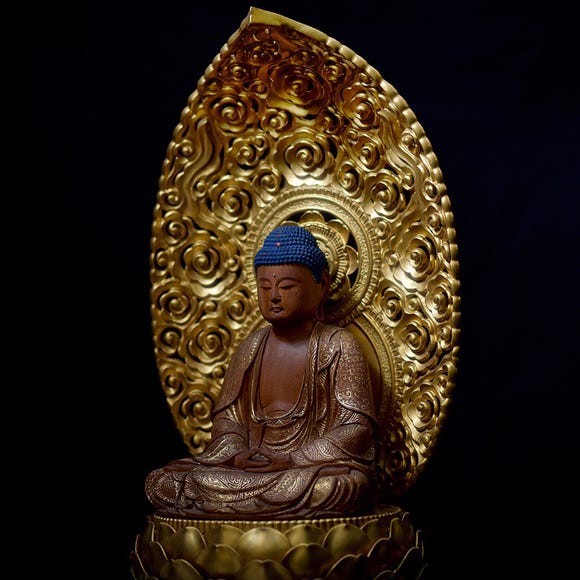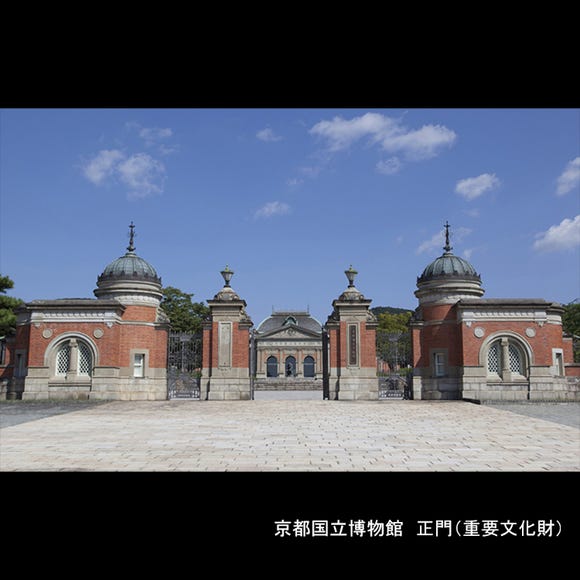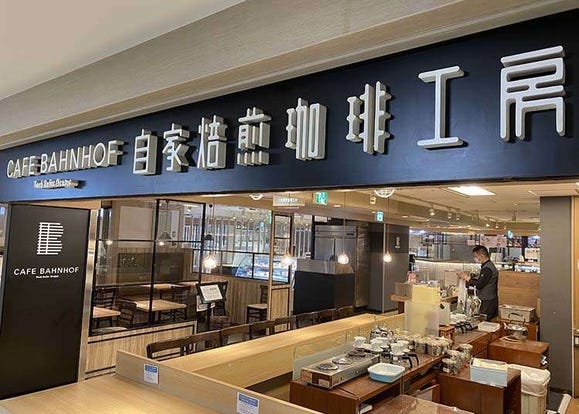
Also incredibly famous for its cherry blossoms, Mount Yoshino in Nara is renowned for its vibrant autumn colors.
Once the leaves of the cherry trees begin to turn red in mid-October and into November, the foliage becomes vivid with color, and all of Mount Yoshino is dyed in hues of red, yellow, and orange.
The beloved fall leaves of the mountains are far more magnificent than any view you'd get in town. Depending on the weather, fog may obscure the mountain surface, creating a unique and fantastic scenery.
Come along as we view the autumn foliage made possible by the purity of this land, and venture to Mount Yoshino!
(Main image: Provided by Yoshino Mountain Tourism Association)
(This article contains affiliate links)
- Table of Contents
When is the Best Time to Visit Mt. Yoshino in Autumn?
The best time to visit Nara Prefecture for peak foliage in 2025 is in mid to late November. Check the foliage forecast below for the latest updates to plan your trip.
Mount Yoshino: Where Blossoms and Faith Shape Centuries of Tradition
The cherry blossom trees of Mount Yoshino (a.k.a. Mount Yoshinoyama) have been adored by many since ancient times. So much so that it is said famed daimyo Toyotomi Hideyoshi himself had a cherry blossom viewing party of as many as 5,000 people.
The cherry trees here are not just the common Yoshino Sakura type that you always see. In fact, there are about 30,000 trees in 200 different varieties decorating the mountain slopes, most of the Shiroyama-zakura species.
Autumn at Mt. Yoshino sees these all change color, dying the entire mountain a gorgeous crimson.
The cherry trees of Mount Yoshino, stretching from the bottom to the summit, are divided into four areas: Shimo-senbon (lower area), Naka-senbon (middle area), Kami-senbon (upper area), and Oku-senbon (inner area).
Every spring, the cherry blossoms bloom from bottom to top; however, in the fall, that order is reversed, and the foliage begins to change color from the inner part to the bottom. The stunning gradation creates a magnificent and calming view.
Ride the Historic Ropeway Through Yoshino’s Fiery Autumn Foliage

Though there are many who choose to get the full experience of the autumn foliage by hiking up the mountain themselves, I recommend the ropeway. The Yoshino Ropeway is the oldest existing ropeway in Japan, beginning operation in 1929.
Once you get in the cute, retro yellow-and-blue gondola, it only takes 3 minutes to the summit. Enjoy the ride through the sky while taking in the surrounding scenery of beautiful autumn leaves.
-
Mount Yoshino Ropeway吉野山ロープウェイ
- Address 79 Yoshinoyama, Yoshino-cho, Yoshino-gun, Nara
- Phone Number 0746-39-0010
・Hours: First 9:20 AM – Last 5:20 PM (operates only on Fridays, Saturdays, Sundays, and Mondays)
・Admission (cash only; prices include tax): Adults one-way 500 yen, round trip 900 yen; Children one-way 250 yen, round trip 450 yen
Visit to Zao Gongen: the Center of Faith
When you get off the Mount Yoshino Ropeway, you will come to a path lined with shops famous for Yoshino local goods such as kaki-no-ha-zushi (persimmon leaf sushi) and Yoshino kuzu (a starch product). And then right there in front of you, you will see the gates of the World Heritage Site Kinpusenji Temple!
Kinpusenji Temple is the head temple of the Kinpusen-Shugendo Religion, established by the founder of Shugendo, En-no-Gyoja. It is said that it was in the sacred mountains of Omine and Sanjogatake that En-no-Gyoja carved Zao-gongen (the most powerful deity of Shugendo) into the cherry trees and began to worship them.
Since then, as the believers and those who trained in the mountains started planting cherry blossoms as sacred trees, this area it has become a popular cherry blossom viewing spot.

Zaodo, which is in the main hall of the temple grounds, is the second largest wooden structure in Japan, right after the Buddha Temple of Todaiji.
Enshrined inside are the main objects of worship, three Zao-gongen statues that stand at roughly 7 meters tall. Because these are normally hidden away from public view, special occasions are held at irregular intervals for worship.


-

-
Address
2498, Yoshinoyama, Yoshino-cho, Yoshino-gun, Nara, 639-3115
View Map -
Nearest Station
Yoshino Station (Kintetsu-yoshino Line)
27 minutes on foot
- Phone Number 0746-32-8371
-
Address
2498, Yoshinoyama, Yoshino-cho, Yoshino-gun, Nara, 639-3115
Stay the Night in Yoshino: Enjoy Ryokan Hospitality and Autumn Scenery
For travelers who want to enjoy Mount Yoshino at a slower pace, a stay at a ryokan, or traditional Japanese inn, is highly recommended. Ryokan in Yoshino combine warm hospitality with stunning natural settings, allowing you to savor the beauty of the seasons right from your room or bath.
In autumn, you can soak in a hot spring while gazing out at slopes dyed in crimson, or in spring, admire the cherry blossoms in full bloom.
Spending the night in Yoshino not only gives you more time to explore the temples and scenic paths, but also lets you enjoy the tranquility of the mountain once the daytime crowds have gone. A ryokan stay here blends comfort, tradition, and unforgettable views into one remarkable experience. Below are three recommended lodgings in the Kimpusenji area.
-

-
Address
2142 Yoshinoyama, Yoshino-cho, Yoshino-gun, Nara, 639-3115
View Map -
Nearest Station
Yoshino Station (Kintetsu-yoshino Line)
53 minutes on foot
-
Address
2142 Yoshinoyama, Yoshino-cho, Yoshino-gun, Nara, 639-3115
-

-
Address
Yoshinoyama 440 , Yoshino, Nara, 639-3115
View Map -
Nearest Station
Yoshino Station (Kintetsu-yoshino Line)
33 minutes on foot
Vacancy search, reservation
-
from 38,165JPY 1room, 2adults
Check with our partner site as the latest rates, rate details, and guest room requirements may vary.
-
Address
Yoshinoyama 440 , Yoshino, Nara, 639-3115
-

-
Address
902-1 Yoshinoyama, Yoshino-cho, Yoshino-gun, Nara, 639-3115
View Map -
Nearest Station
Yoshino Station (Kintetsu-yoshino Line)
24 minutes on foot
Vacancy search, reservation
-
from 47,975JPY 1room, 2adults
Check with our partner site as the latest rates, rate details, and guest room requirements may vary.
-
Address
902-1 Yoshinoyama, Yoshino-cho, Yoshino-gun, Nara, 639-3115
*Some photographs may be before 2015
Text by: EditZ
*Prices and options mentioned are subject to change.
*Unless stated otherwise, all prices include tax.
Popular Tours & Activitiess
Recommended places for you
-

Jukuseiniku-to Namamottsuarera Nikubaru Italian Nikutaria Sannomiya
Izakaya
Kobe, Sannomiya, Kitano
-

Kambei Sannomiyahonten
Yakiniku
Kobe, Sannomiya, Kitano
-
Goods

Yoshida Gennojo-Roho Kyoto Buddhist Altars
Gift Shops
Nijo Castle, Kyoto Imperial Palace
-

Kanzenkoshitsuyakinikutabehodai Gyugyu Paradise Sannomiya
Yakiniku
Kobe, Sannomiya, Kitano
-

ISHIDAYA Hanare
Yakiniku
Kobe, Sannomiya, Kitano
-

Kyoto National Museum
History Museums
Kyoto Station, To-ji Temple
-

New Way to Reach Koyasan! Ride Nankai's 'GRAN Tenku' for a Heavenly Journey
by: Guest Contributor
-

November Events in Kansai: Fun Festivals, Food, and Things to Do in Kyoto & Osaka
-
Ad

Café Bahnhof in Osaka: The home-roasted coffee that captivated G20 leaders!
-
Ad

Discover Timeless Beauty: Kimono-en, a Web Magazine Exploring the Spirit of Kimono
-

Kyoto's Hidden Treasures Open This Winter! Enjoy Exclusive Access to 15 Rare Cultural Sites (Jan-Mar 2026)
by: Guest Contributor
-

Best Things to Do and See Around Kyoto & Osaka in September: Events and Festivals in Kansai
Inspiration for Accommodations
-

Spacious Family Hotel in Namba: 20 Comfortable Stays for Family Fun
-

Charming Hotels to Enjoy the Spectacular Views of Arashiyama's Autumn Leaves from Your Room
-

Experience Stunning Views of Osaka Castle from Private Spaces: Top Hotels Near Osaka Castle
-

Recommended by Visitors! Arashiyama's Best-Rated Hotels
-

Family-Friendly Universal Studios Japan Hotel with Excellent Access
-

Enjoy a Comfortable Stay in Osaka! 10 Hotels with Convenient Airport Shuttle Services
-

Top 10 Recommended Hotels Near Namba Station with Great Access
-

Enjoy Night Views from Your Room! Recommended Hotels in Namba Area
-

Japan's Bath Culture: Tips You Should Know!
-

Top 3 Restaurants: Best Sushi in Dotonbori According to a Local Food Critic
-

Wakakusa Yamayaki: Nara's Breathtaking Mountain Burning Festival in January 2026
by: WESTPLAN
-

Hyogo Prefecture Guide: Destinations, Activities, Travel Advice, Shopping & More
by: Kaori Kimura
-

3 Best Hotels in Kobe, Japan with Amazing Views of Kobe Bay!
-

Kiyomizu-dera Temple: Guide to Visiting Kyoto's Most Famous Sightseeing Spot
- #best gourmet Osaka
- #things to do Osaka
- #what to do in kyoto
- #what to bring to japan
- #best gourmet Kyoto
- #new years in Osaka
- #what to buy in nanba
- #Visiting Osaka
- #onsen tattoo friendly arima
- #daiso
- #Visiting Kyoto
- #best japanese soft drinks
- #japanese fashion culture
- #japanese convenience store snacks
- #japanese nail trends


















